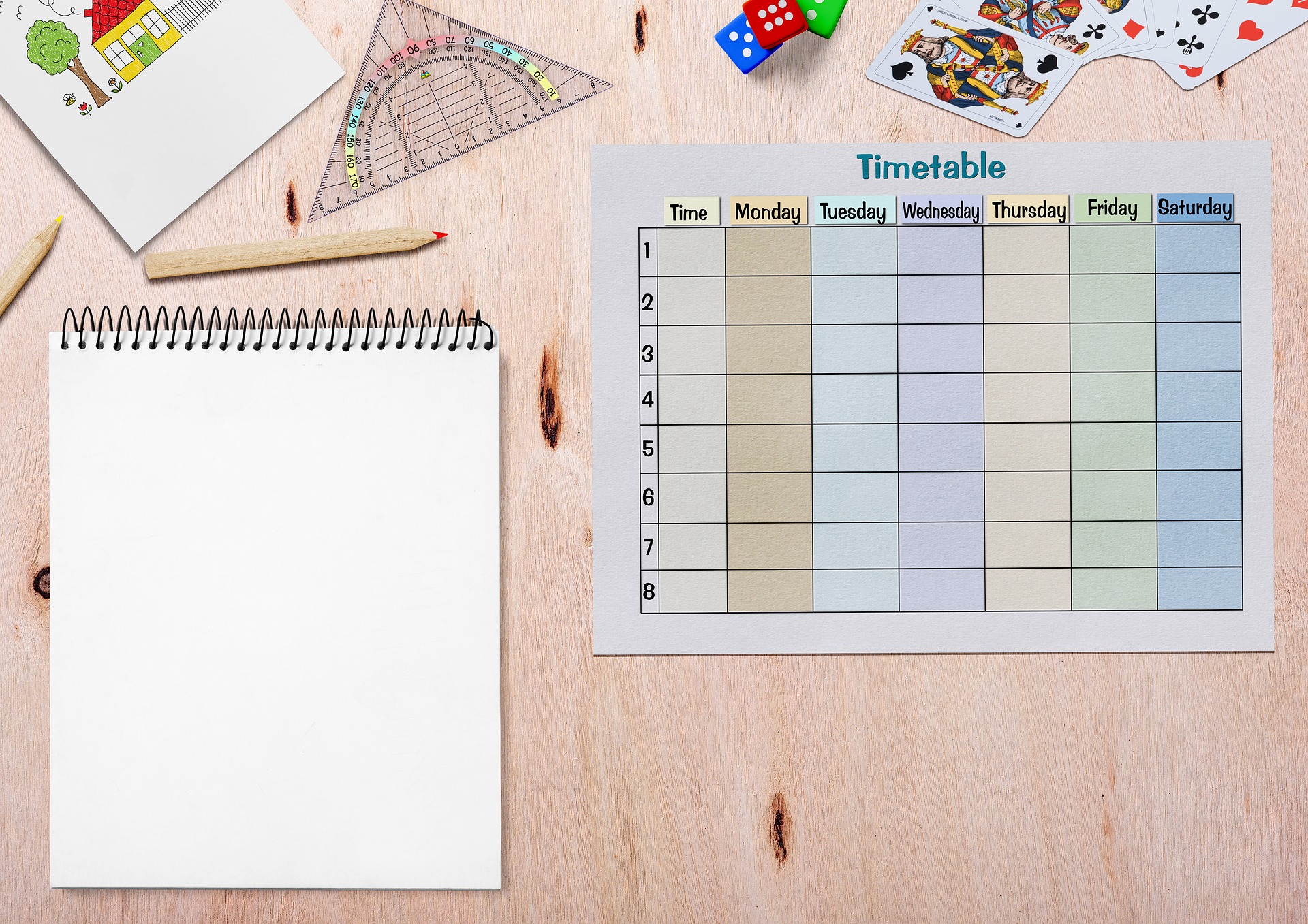By: Joy Fan, Board Certified Behavior Analyst
with Miriam McBreen, Reading Specialist

Many people are reaching out to therapists to support their children with behavior difficulties. Of course, parents are a huge component of carrying over the interventions into everyday life, ensuring the therapy “sticks” and their child gets the most out of behavior therapy.
In this article, we share some things for parents to keep in mind when their child is working with a behavior therapist, including choosing the best therapist for your child, understanding the basis of behavioral therapy, and tips for reinforcing practices in the home.

What should I look for when choosing a behavior therapist?
To ensure that your child gets the best support possible, it’s first important to find a therapist that is qualified and can support your child’s specific needs.
-
Verify that the provider has the credentials and qualifications needed to provide Applied Behavior Analysis (ABA) therapy. They should be a BCBA (Board Certified Behavior Analyst), BCaBA (Board Certified assistant Behavior Analyst) or RBT (Registered Behavior Technician).
-
Ask if your therapist has relevant experience working with clients who have similar needs to your child. There are multiple ABA programs which target clients with different needs; even if your therapist is certified, they may lack the training and experience to work with certain populations.
-
Make sure your therapist will create an individualized treatment plan that addresses your child’s specific needs, and that the interventions they are using are evidence-based.
-
Check if the therapist is collecting and keeping data on your child’s behavior, for example, through regular progress reports.


What should I keep in mind when working with a behavior therapist?
Whether your child has just begun receiving behavior therapy or has been seeing a behavior therapist for some time, there are a few things to keep in mind which can help you understand the therapy your child is receiving.
-
ABA is about teaching and increasing socially-adaptive behaviors. Communicate with the therapist about any concerns you have, but keep in mind that not every challenge you see at home warrants intervention.
-
ABA therapy builds on positive reinforcement and avoids punishment. This means that instead of negative behaviors being punished, positive behaviors are rewarded and encouraged.

How can I carry the practices seen in therapy over into the home?
To reinforce the strategies used during therapy, there are some tips parents can use in the home:
-
Talk to your child’s therapist about difficulties you have seen at home or at school, and ask for recommendations to address them. Ask your therapist how you can transfer appropriate behaviors they see your child engaging in during therapy that you want to improve at home or at school. Each child is different, so frequent and open communication with your therapist will help you find what works best for your child.
-
Set up your environment to facilitate communication with your child. For example, having the items for activities your child likes to do easily visible can help them learn to request things they want. Making sure the environment isn’t too noisy and doesn’t contain too many distractions can help them focus and stay calm.
-
Devise opportunities for your child to request what they want, instead of offering things the child wants freely. For example, during dinner time, instead of automatically giving your child a second serving of food they like, you can ask them to tell you what they would like to have.
-
Set up a consistent schedule, expectations, and rules to prevent problem behavior and promote compliance.
-
Offer choices to your child. This eliminates their need to say no and redirects their attention to choosing, while still setting limits on the options available to them.
-
To set your child up for success, break down complex demands into smaller tasks.

Communication with your therapist is key. Don’t be shy to ask questions when you are unsure and share what you see at home with your ABA therapist!
